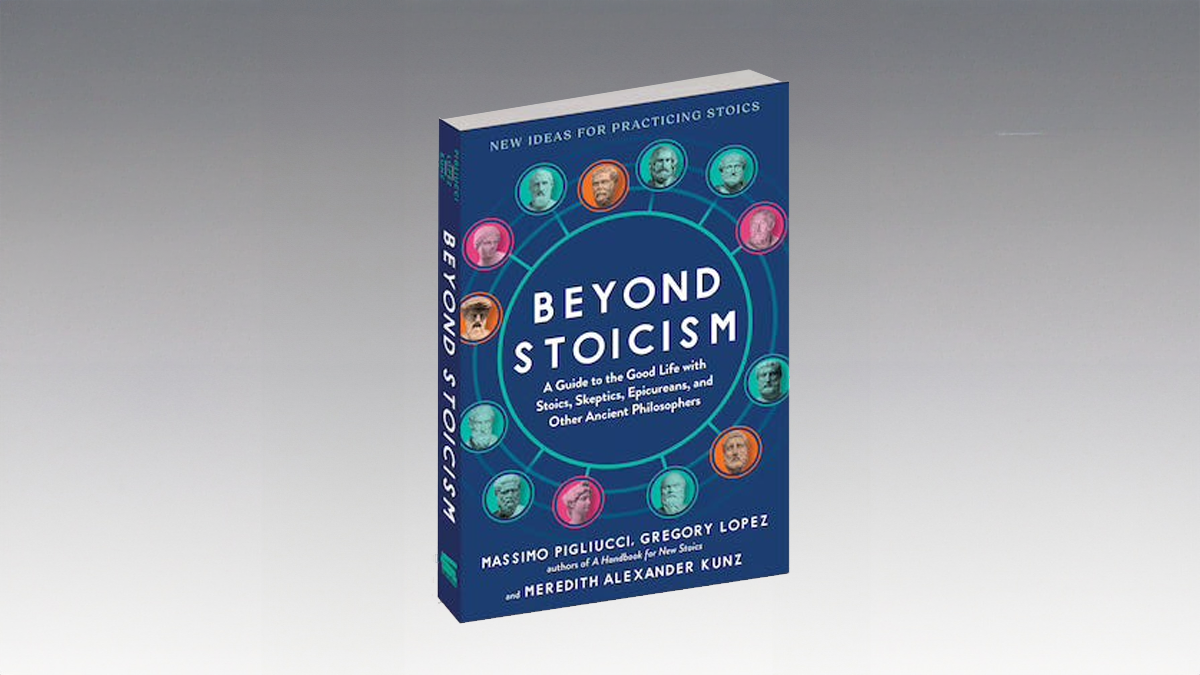According to James Goldgeier these kinds of conversations are hard to de-politicize.
Question: How should we dialogue on foreign trade policy?
James Goldgeier: I think what we have to do on trade, I mean, again, this is one of the things that Clinton was so frustrated by, that he couldn't explain globalization to the American people as well as he wanted to. And, when we spoke to Bob Rubin, for example, he said, you know, he wished they really had laid out in 1994 a multi-year plan for really trying to explain globalization to the American people. I mean, this is going to be a struggle. You know, it's hard to de-politicize anything in the American context. I mean, that's just the nature of a democracy and, you know, you can't minimize-- people's livelihoods have been hurt. People are hurting out there. And so, you know, people who are angry should have a voice. And the real issue is, are there things that you can do both to try to alleviate some of the dislocation but also provide new opportunities. And the problem has been, when we talk about trade, and this was the problem for Clinton in 93 and we saw this is in the primary campaign this year in 2008. You know, a lot of the talk is, "Well, we're going to help have these side agreements on labor and the environment, and that'll help, you know, protect the American worker and protect the environment." You know, these agreements, they're hard to enforce, they don't really-- they're not really that helpful for the trade agreements. The issues that aren't seen as trade issues are some of the important issues. So for example, health care is a hugely important issue for how we talk about trade, because you can't have people fearing that if they lose their job, they lose any chance at having health insurance. I mean, they have to have some degree of confidence, that if there are dislocations, they'll still be able to go see a doctor or get treated in the emergency room. We have to look at universal health care in the context of our trade policy and our management of globalization. And we don't, that's the problem. We don't typically see it as something separate, and we look at trade and just talk about labor and the environment and not really- we don't really address-- there was some effort in the '90s for example in education and retraining and so on. But, you know, there's a lot of work that needs to be done and you have to bring these other things into how we think about trade.
Recorded on:07/08/2008





